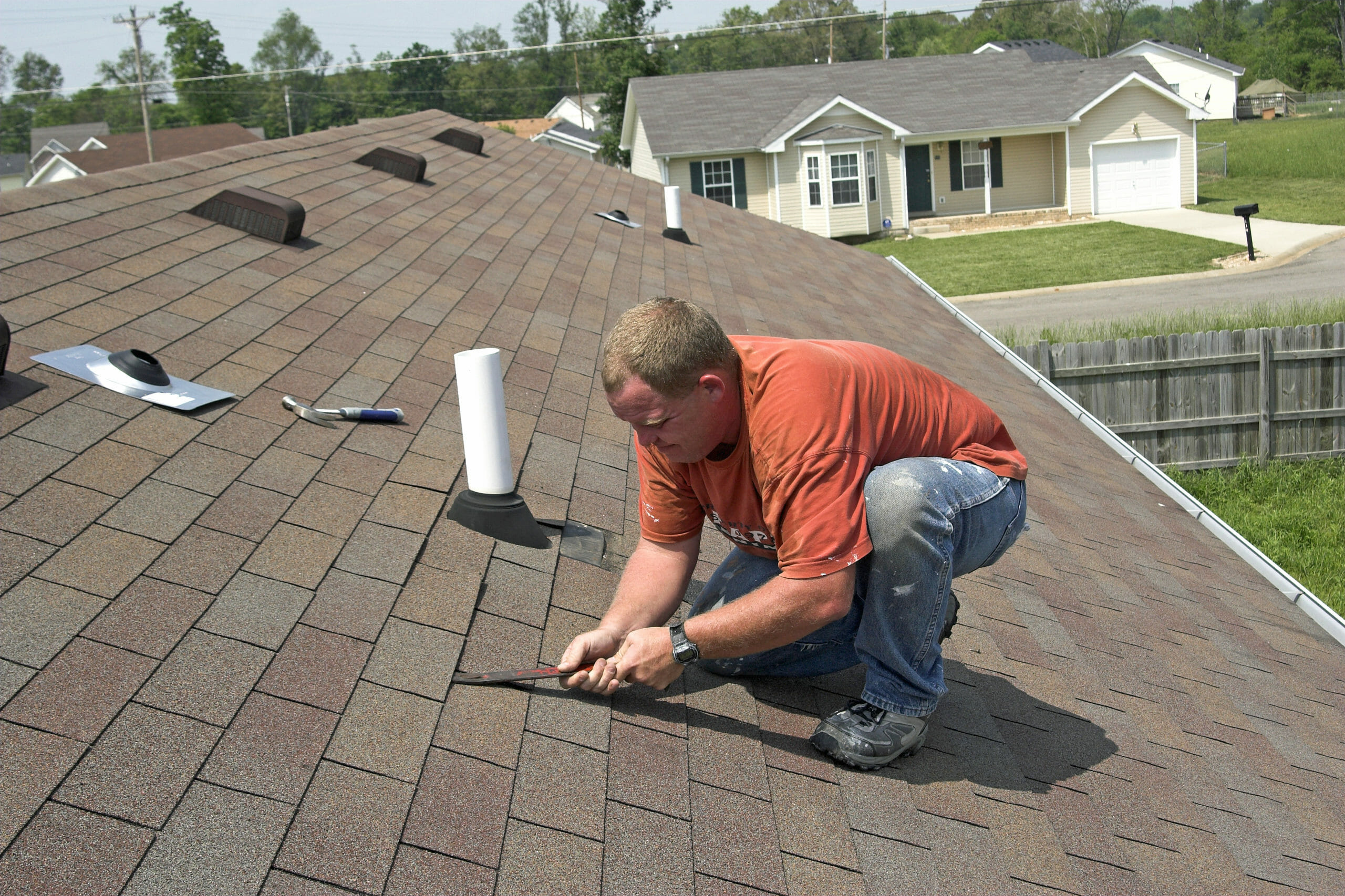Roof inspections are important for identifying potential points and making certain the longevity of your roof. Regular inspections can help detect problems early, stopping costly repairs or replacements down the line. Here are some common strategies and steps for conducting a roof inspection:
Visual Inspection:
a. Exterior Inspection:
Start by inspecting the roof from the ground utilizing binoculars or by safely climbing onto a ladder to get a better look.
Look for visible indicators of injury, similar to lacking or broken shingles, curling or buckling shingles, or free or deteriorated flashing round roof penetrations.
Check for particles, moss, algae, or lichen progress on the roof, which can point out moisture-related points.
Inspect the gutters and downspouts for granules from shingles, as excessive granule loss can sign shingle put on.
b. Interior Inspection:
Go into the attic or crawl house and inspect the underside of the roof deck for indicators of leaks, moisture, or water stains.
Look for daylight coming by way of cracks or holes within the roof deck, which can point out roof injury.
Check for indicators of insulation harm, mildew, or mildew growth, which can result from roof leaks.
Roof Walk:
a. If Metal Roof Leaks is protected to do so, walk on the roof surface to inspect it up close.
b. Be cautious and put on appropriate security gear, corresponding to non-slip sneakers and a security harness if wanted.
c. Look for any soft or spongy areas, which could indicate underlying harm.
d. Check for unfastened or broken roofing materials, in addition to indicators of wear and tear.
Moisture Detection:
a. Use a moisture meter to detect hidden moisture throughout the roof construction and insulation.
b. Moisture detection can help establish leaks or areas of potential water intrusion that is most likely not visible.
Drone Inspection:
a. Drones equipped with cameras can provide a complete view of the roof floor with out the need for direct bodily access.
b. A drone inspection can be especially helpful for bigger or hard-to-reach roofs.

Professional Inspection:
a. Consider hiring a professional roofing contractor or inspector to conduct an intensive inspection.
b. Professionals have the expertise, tools, and expertise to establish points that is probably not obvious to a home owner.
Documentation:
a. Document your findings with photos and notes to create a document of the roof's condition.
b. This documentation can be helpful for monitoring adjustments over time and for insurance claims or repairs.
It's important to carry out roof inspections often, ideally a minimal of annually, and after extreme weather events like storms. Additionally, when you're not comfortable or assured in your ability to carry out a roof inspection safely, it's advisable to rent a qualified roofing skilled to ensure a radical and correct evaluation of your roof's situation..
